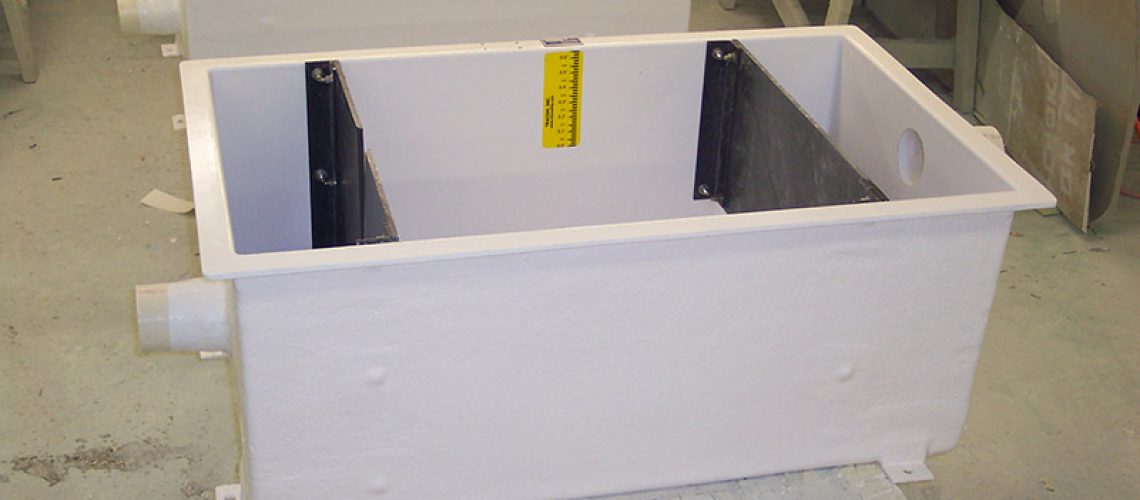When you’re using a weir for flow rate measurements, there are several factors to keep in mind to ensure that you’re getting the accurate measurements you need. If these factors are all accounted for, you can take measurements with peace of mind. Learn how to get accurate weir measurements, and discover the most important aspects of measurement you won’t want to neglect.
Optimize the Approach Channel
The approach channel is one of the most important aspects of any weir, as it determines whether the velocity profile is right for the measurement. Generally, you’ll want to make sure that the approach flow is no more than 0.5 feet per second. Additionally, the weir pool needs to be straight with a uniform cross section for about 20 times the Hmax value, or maximum anticipated head. In terms of width, the approach channel needs to be about double the maximum anticipated head on either side of the crest and the Hmax level.
Install It Properly
Proper installation is essential for a well-functioning weir. This may seem obvious, but quite a few problems stem from a poor installation of the weir. During installation, you’ll want to make sure that the crest of the weir is centered right in the middle of the channel. Additionally, the entire weir box needs to be level in all directions. When you deviate from these strict standards, your measurements are going to inevitably be off.
Maintain the Crest
The crest is one of the most important aspects of any weir. Without a properly functioning crest, you have no chance of getting accurate measurements, even if everything else is perfect. The first thing to look for is whether it’s damaged. Any nicks or abrasions can affect its effectiveness, as it changes the way water passes over it. You’ll also need to make sure that the crest is sharp. It shouldn’t be as sharp as a knife, but you need to avoid rounding the crest. Finally, it needs to be clean. Over the course of a weir’s normal functioning, it’s common for debris and trash to accumulate around the crest. This will need to be cleaned regularly, as any change in the crest’s dimensions will throw off your measurements.
Optimize the Downstream Conditions
Similar to the upstream conditions, the downstream area of a weir needs to be optimized as well. For the most part, the only downstream condition you really have to worry about is the water level after the weir. If it’s enough to submerge the nappe of the weir, you’ve got a problem. Submergence will throw off your measurements significantly, so you’ll need to make adjustments to avoid it.
Weirs From Tracom
Now that you know how to get accurate weir measurements, it’s time to get a weir of your own. That’s where Tracom can help. Our team will work closely with you to find the right weir for your unique flow channel conditions, even if we have to custom design and construct it ourselves. Contact us today to get started!


